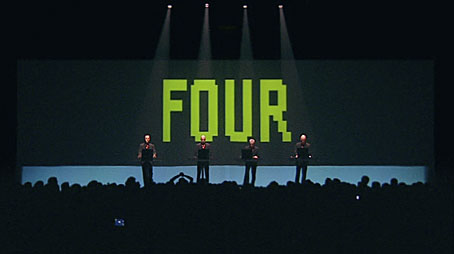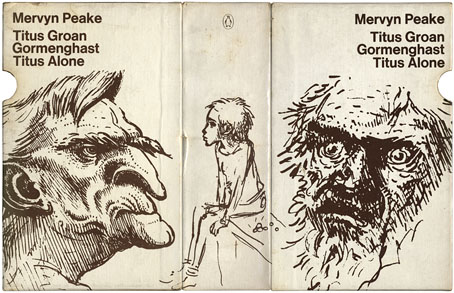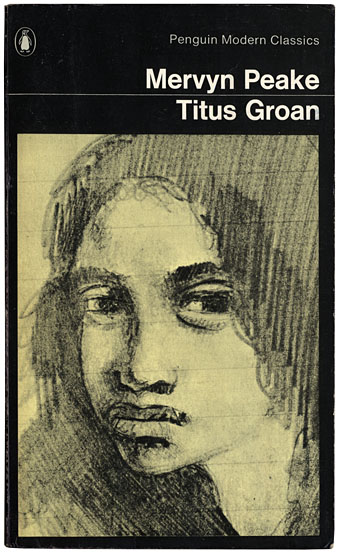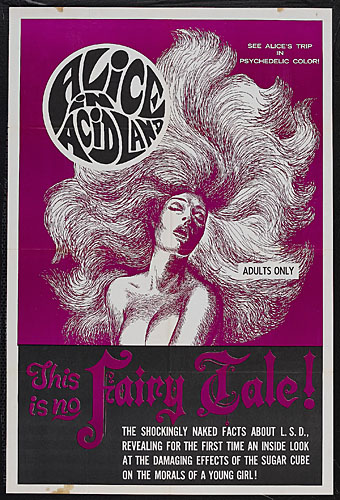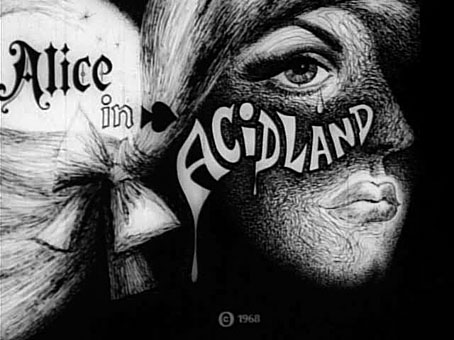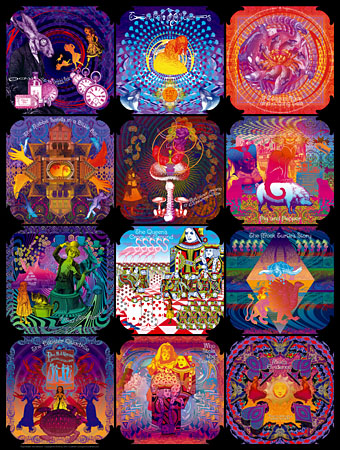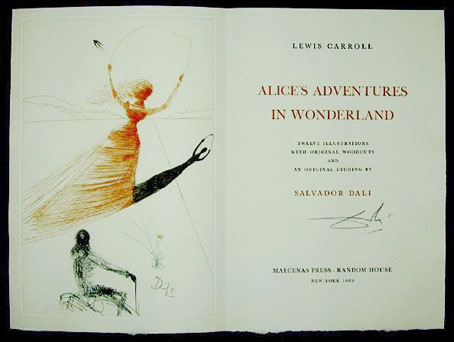Good things come in fours: the mighty Kraftwerk performing Numbers on the Minimum-Maximum DVD (2005).
Yes, the day between Darwin Day and St. Valentine’s Day is this blog’s birthday. I continue to be surprised that I’ve kept this going for so long since I never managed to keep a diary. Doing work that chains you to a computer is a help, although the past year was so busy that many entries were little more than picture posts. 2009 saw this site receiving more traffic than ever with the result that the server resources are now regularly overloaded for a couple of hours each day. I’ve been intending to move to a new webhost for a while but doing so is a time-consuming and technically complex business over which the current hectic workload continues to take priority.
The three most popular posts of the last twelve months were the following:
• The gay artists archive. Always a popular page but now it’s the most popular destination by a long margin, helped by continual visits from Stumbleupon users.
• Psychedelic Wonderland: the 2010 calendar. Links on Boing Boing, Trendhunter and elsewhere helped make this year’s calendar a big success. My thanks again to everyone who bought a copy, I’ll be doing a Through the Looking-Glass follow-up in September.
• Alan Moore interview, 1988. Another Stumbleupon hit, this magazine interview was one of my earliest posts and it remains curiously popular, more so than the very long Watchmen round table discussion which followed.
As always, thanks for reading and for all your comments!
John x

